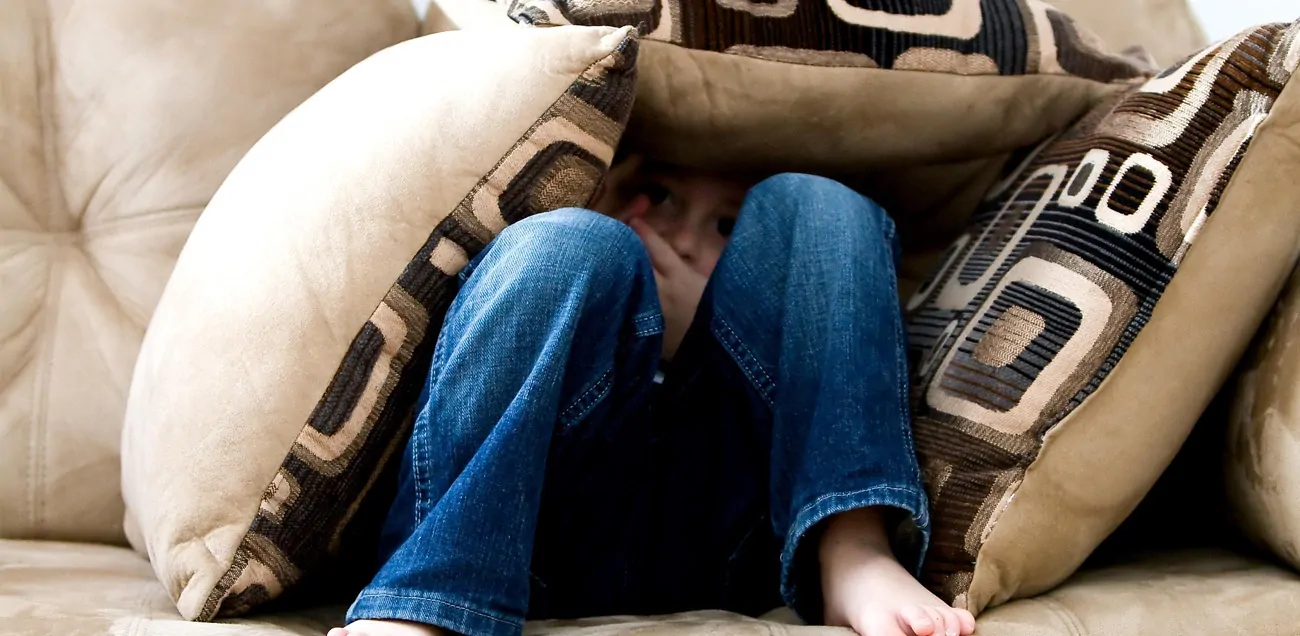Fun Ways To Teach Your Child To Deal With Conflict
5 min read
Last Modified 3 April 2025 First Added 3 April 2025

Conflict is a common part of life, and it is essential to teach our children how to deal with it in healthy, productive and fun ways to support their learning and development as they grow. Practicing empathy, active listening and problem-solving are all essential skills that children can develop through learning how to effectively and respectfully resolve conflict. Healthy conflict resolution skills can also help improve children’s self-esteem and build their self-confidence. Empowering children to handle conflict in a fun and productive way allows them to positively advocate for themselves and set healthy boundaries.
There are a number of common conflict scenarios that children will encounter, whether it is at school with their friends, or at home with their siblings. These scenarios can be used as learning opportunities to support your child’s growth and development. Healthy conflict resolution can prevent small issues from escalating and ultimately help children build stronger relationships.
A common conflict scenario is children arguing over the same toy. This is a great opportunity to teach children about the importance of sharing and encourage empathy. To support this, a solution-oriented approach can be taken. This could include encouraging the children to create a fun game where they can play together, find another toy, or come to an agreement – for example, each child plays with the toy for five minutes before passing the toy to the other child.
Conflict can occur among children when they are too close in proximity or touching another’s belongings, such as their favourite toy or blanket. This is the perfect opportunity to teach children about setting their own healthy boundaries and respecting other people’s boundaries. Educating your child about respecting personal space is important, but it is essential to encourage children to feel calm before dealing with this type of conflict. When emotions are running high, it can be difficult to communicate thoughtfully and effectively. Demonstrate to children how they can communicate their feelings calmly and respectfully, expressing their emotions through phrases such as “I don’t like when you are too close to me.” You should encourage your child to express their feelings through words and ‘I’ statements, rather than resorting to physical actions.
When children play games together, they may get frustrated when their friends do not follow the rules or are perceived to be ‘cheating’ at the game. In this scenario, discussing the importance of playing fairly can help children realise that following the rules allows everyone to enjoy the game. Teaching children to compromise and collaborate can allow them to feel empowered and take ownership of their actions. Encourage active listening so that everyone feels heard and so that children can consider others’ points of view.

You can make learning about conflict resolution fun for children by incorporating roleplaying, activities, games and toys in your discussions.
Act out various conflict scenarios and equip children with the tools to be able to remain calm, fair and solution-oriented when they are confronted with these situations in real life. Puppets are a great toy to involve in this kind of fun activity. You can take turns swapping between the roles of ‘peacekeeper’ and the person involved in the conflict. This teaches empathy and problem-solving, allowing children to see conflict from different perspectives and practice solutions.
Another fun activity is to create stories with your child where characters face conflict and must find positive solutions. Pause the story at critical moments and ask your child what they think the characters should do next. This a great opportunity to play dress-up and bring the story to life, making the activity even more fun!
There are a variety of fun games you can create to help children learn more about conflict resolution. Make a bingo card with different conflict resolution strategies like “Use kind words,” “Ask how the other person feels,” or “Walk away to cool down.” Whenever your child practises one of the strategies, they can mark it off on their bingo card and be rewarded when they mark off a line or the entire card. Creating a set of cards with different emotions (like happy, angry, frustrated or sad) is another fun activity. When a conflict arises, both you and your child pick an emotion card and discuss why you might be feeling that way. This can help children identify their emotions and understand how to communicate them.
Help your children create their own peaceful place in their room or in a quiet space in the house where they can find sanctuary when they feel upset or frustrated by conflict. They can decorate it with calming toys and their favourite things that help them feel relaxed, promoting mindfulness and self-regulation. They can also use creative activities such as painting or drawing to express their emotions in this space.
These fun activities can make learning about the conflict resolution process interactive and enjoyable, helping children better understand the importance of resolving conflicts peacefully and with kindness.
Read our disclaimers.